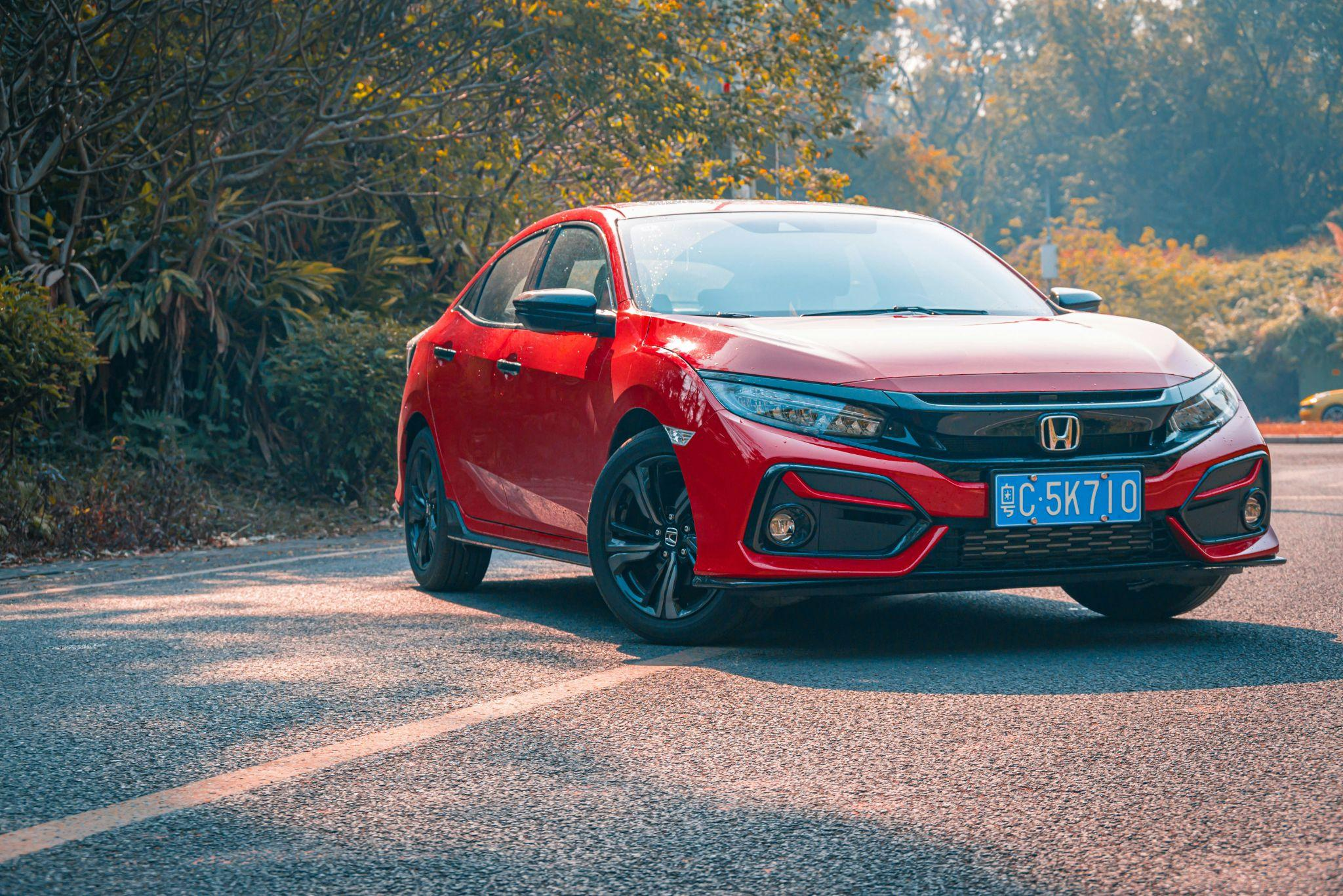While organizing a family road trip can be an exhilarating adventure, your first concern should always be everyone’s safety. Whether you’re traveling for a weekend trip or a cross-country excursion, having the necessary items on hand may make all the difference in guaranteeing a hassle-free and secure trip. This thorough guide on the essentials for every family automobile covers everything from emergency supplies to preventive measures.
Choosing the Best Family Trip Car
Choosing the appropriate car is essential before setting off on a family road trip in order to guarantee dependability, comfort, and safety. Think about things like cargo space, seating capacity, fuel economy, and safety features when selecting a family vehicle. A roomy and economical choice, such as the Honda Civic available for purchase at https://epicvin.com/cars/honda-civic-cars-for-sale might be a great option for road trips as it provides enough space for people and their belongings and performs well. When you have the correct vehicle, you can go on a road trip with assurance, knowing that you’ll be well-prepared for a fun and safe trip.
Emergency Kit
An emergency kit that is fully supplied needs to be included in every family vehicle. Items like a first aid kit, multitool, flashlight with additional batteries, flares or reflective triangles, tire gauge, jumper cables, and a portable tire inflator should be included. A simple toolbox with necessary materials like pliers, screwdrivers, and duct tape should also be included.
Car Maintenance Essentials
Make sure your car is in top shape before you get on the road by checking the fluid, tire pressure, and oil levels. In case of emergencies, have extra coolant, engine oil, and windshield washer fluid on hand. In case you need to replace your tires quickly, bring a spare tire, jack, and tire iron with you.
Navigation and Communication
Despite the convenience of GPS navigation devices, it’s a good idea to have a backup plan in case of signal or battery failure. Bring printed maps of your itinerary and final destination, as well as a power bank or portable phone charger that has been charged. Make sure your phone is fully charged and has emergency numbers put in.
Safety Restraints for Children
While traveling, the safety of the children should come first. Ensure that each kid is securely buckled up in a car seat or booster seat that fits their height, weight, and age. Make sure the car seats are properly attached and placed appropriately.
Sun Protection
Add window shades to shield your family from damaging UV radiation, especially for little children and newborns. Don’t forget to include hats and high-SPF sunscreen for everyone to use during outdoor activities and rest stops.
Hydration and Snacks
Accomplish your journey with a good supply of food and enough water to stay hydrated. To stave off hunger in between meals, choose non-perishable snacks like granola bars, almonds, and dried fruits. Steer clear of sugary items that might deplete your vitality.
Entertainment for Kids
Long hours on the road can be challenging for children, so be prepared with entertainment options to keep them engaged. Pack books, toys, games, and electronic devices loaded with age-appropriate movies or games. Consider organizing fun road trip games or sing-alongs to make the journey more enjoyable.
Comfort Items
Bring cushions, blankets, and additional layers of clothes to ensure that everyone is comfortable on the journey. Passengers’ preferred temperatures can be managed with the use of personal fans or movable air vents. If any family members need their prescription drugs, don’t forget to bring them.
Roadside Assistance Membership
For additional peace of mind, think about purchasing a membership for roadside help. Towing, fuel delivery, lockout help, and flat tire assistance are common services. In an emergency, having access to expert assistance may be quite helpful, especially when you’re in a strange place.
Regular Breaks and Stretching
In order to avoid driver tiredness and stiffness, promote frequent rest periods. Every two hours, make planned pauses to stretch your legs, use the toilet, and refuel if necessary. To lift everyone’s mood, take short walks or picnics at authorized rest places or beautiful overlooks.
Emergency Contact and Medical Information
Make sure your medical information and emergency contacts are easily accessible in your vehicle. Add information about each family member’s allergies, ailments, and prescribed drugs. In the case of an accident or medical emergency, this information may be extremely important.
Weather Preparedness
Keep yourself updated about the local weather and make appropriate preparations. Bring along rain gear, coats, blankets, and other weather-appropriate apparel and equipment. Keep an eye on the weather reports and be ready to modify your travel schedule if needed to avoid dangerous situations.
Conclusion
Making safety and preparation your top priorities can help you have a stress-free, enjoyable family road vacation. As always, make sure to prepare ahead, drive carefully, and have open lines of contact with other drivers. You can concentrate on making treasured memories and relishing the adventure together if you have the necessary supplies and safety measures in place. Happy travels!

